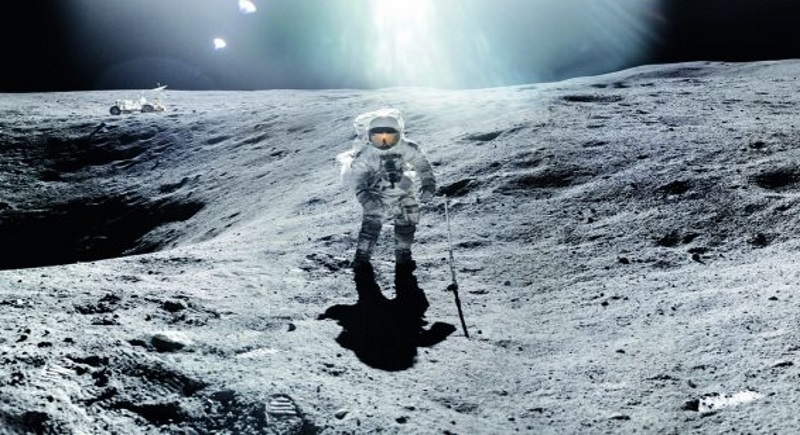After 50 years, untouched Lunar samples from Apollo missions will be studied for the first time
Washington, Mar 14: NASA’s Apollo Missions are one of the most successful projects of USA. The Apollo program was the 3rd the United States Human Spaceflight program carried by NASA succeeded in landing the first human on the Moon from 1969 to 1972. The lunar samples collected during these missions will be studied for the first time.

It's about 1.8 pounds of rock layers as they were found on the moon. The sample has been in storage at NASA's Johnson Space Center since December 1972. The pristine samples were kept in storage for a reason.
The announcement made by NASA Administrator Jim Bridenstine during a discussion of the agency’s ‘Moon2Mars’ initiative and 2020 budget. For this study, NASA chose 9 teams and awarded a total of $8 million for their research.
"By studying these precious lunar samples for the first time, a new generation of scientists will help advance our understanding of our lunar neighbor and prepare for the next era of exploration of the Moon and beyond," said Thomas Zurbuchen, associate administrator for NASA's Science Mission Directorate, in a statement.
Further, he added, This exploration will bring with it new and unique samples into the best labs right here on Earth.
The three samples from the final three Apollo missions have never been exposed to our atmosphere on Earth. 6 of the 9 teams will study the Apollo 17 sample, delivered to Earth in a vacuum-sealed drive tube that astronauts Harrison Schmitt and Gene Cernan hammered into the lunar surface to collect a material core in 1972.
That core preserves not just the rocks themselves but also the stratigraphy from below the surface so today’s scientists can, in a laboratory, study the rock layers exactly as they existed on the Moon.
The samples kept frozen in helium from the final moon missions will be studied by other teams. The Apollo missions traveled to the moon's equatorial region, so all of the samples are from a similar area, but previous studies using data from orbit have revealed that the moon has complex geology, including rocks and minerals not determined from the Apollo samples.